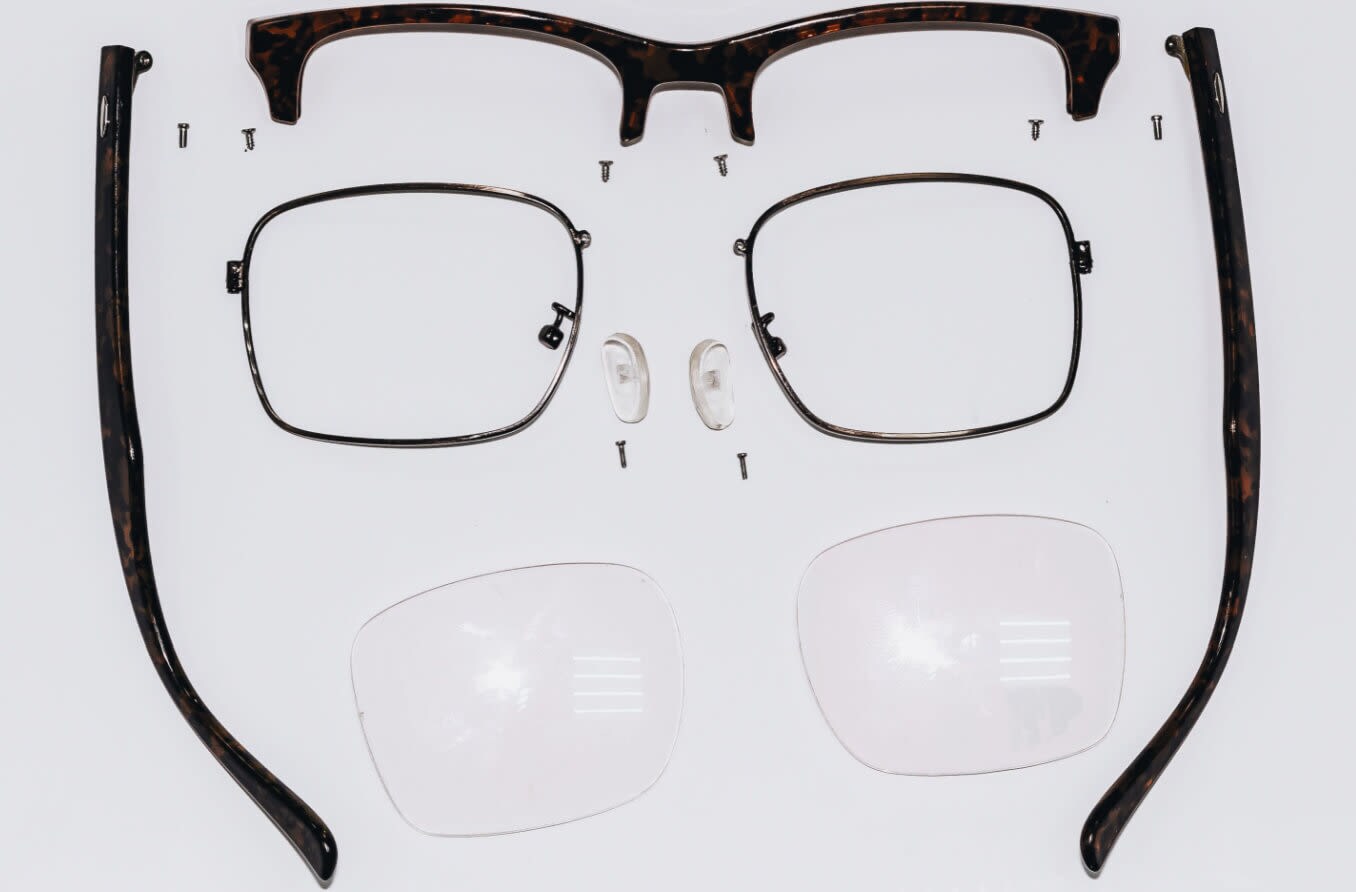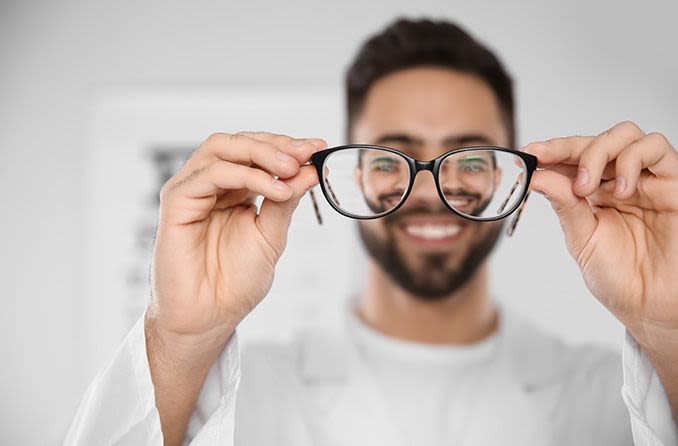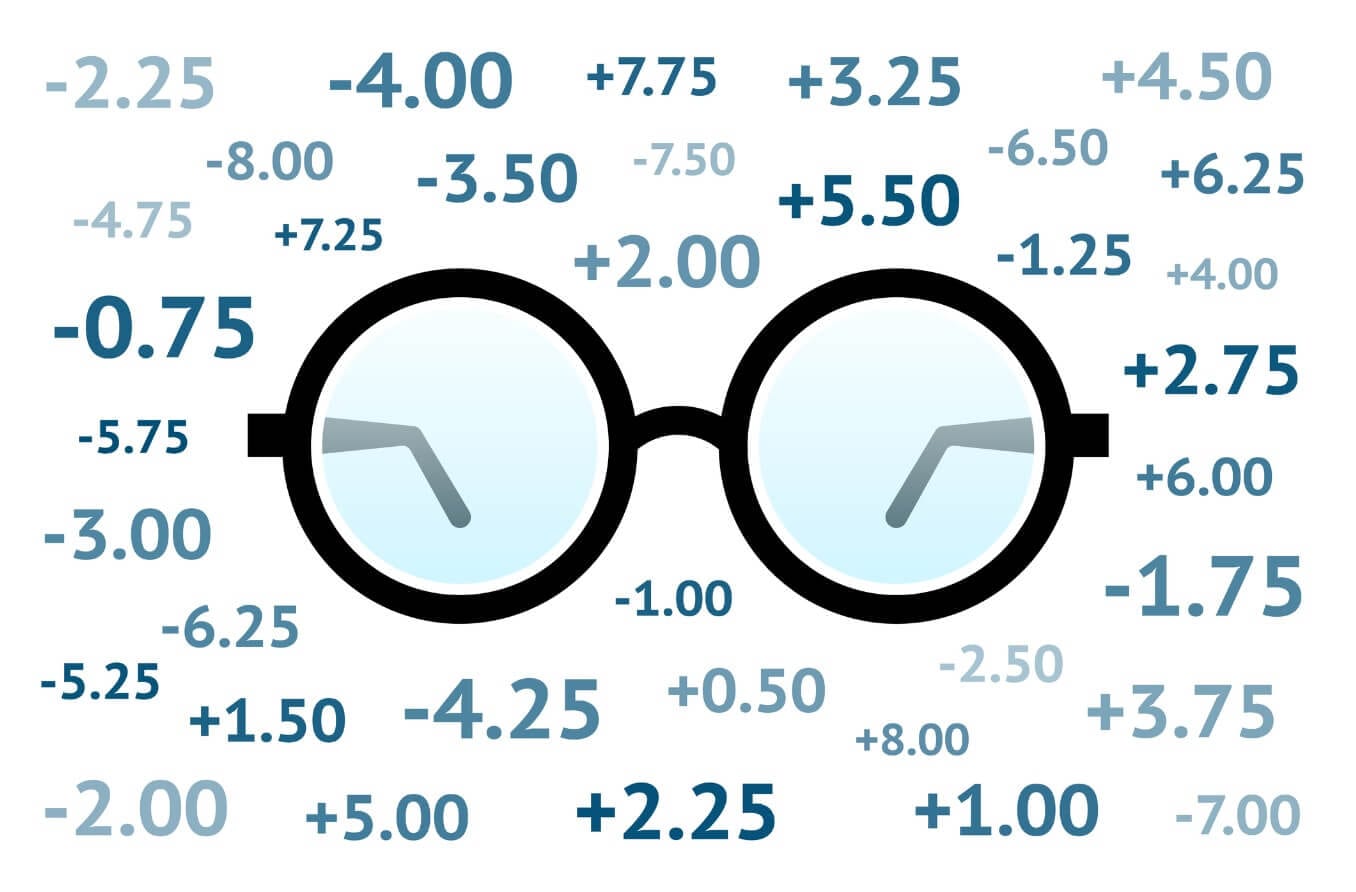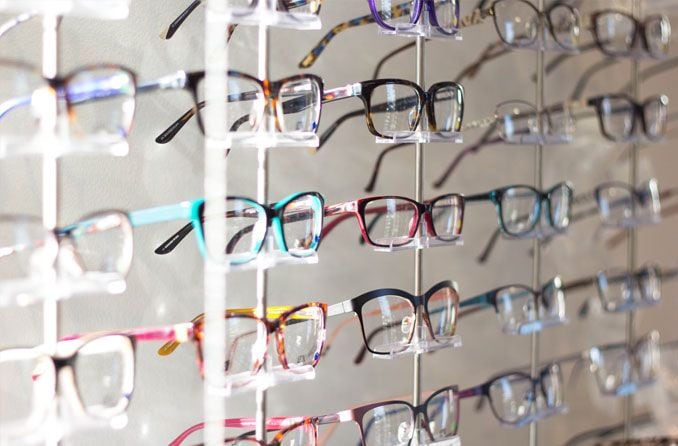What are motion sickness glasses?
Motion sickness glasses are designed to relieve symptoms by matching the motion signals sent by your eyes with other motion signals from your body, like those from the inner ear. The glasses must be worn for about 10 minutes after the first symptom is noticed.
Motion sickness is a normal response to mismatched motion signals. It impacts about one-third of the population.
Symptoms include nausea, dizziness, and a general feeling of discomfort and disorientation. Vomiting, headache and drowsiness can also result. Symptoms usually go away within 24 hours.
Why do people get motion sickness?
Motion sickness is caused by the mismatched sensory cues the brain receives from the body.
The brain combines motion signals from the following body parts and perceives them as motion:
- Inner ear
- Eyes
- Joints
- Muscles
Motion sickness can result, for example, when your inner ear sends a signal that detects motion while your eyes send a conflicting signal that you are not moving — such as when you’re in a car or boat.
Scientists are not yet certain why the symptoms of motion sickness result from this mismatch, but they do know that it is the conflicting signals from the different parts of the body that trigger the symptoms.
Some people are more susceptible to motion sickness than others. It is thought to be more common in women, children, individuals who get migraine headaches and people of Asian descent.
Motion sickness may also run in families. One study found that if either parent reported getting car sickness as a child, it was twice as likely that their child would also suffer from it as compared to when neither parent experienced it as a child.
How do motion sickness glasses work?
Motion sickness glasses decrease symptoms by matching the motion signals sent by the eyes to the brain with the signals sent by other parts of the body — such as the inner ear. Because the brain is receiving a more “harmonious” set of cues, an individual is less likely to experience symptoms.
Motion sickness glasses with liquid-filled rims
This is the most popular type of motion sickness glasses on the market. Unlike typical eyeglasses, motion sickness glasses do not have any lenses. Instead, they have a specialized frame that is filled with liquid.
The liquid inside the rims moves with the motion of the boat or car. Your eyes perceive this motion and send a signal to your brain that is more in line with the cues from the rest of your body, such as the inner ear.
The theory behind these glasses is that because the brain receives a more “harmonious” set of signals, the symptoms of motion sickness will be reduced.
To be most effective, most motion sickness glasses have four rims so that the cues from your central and peripheral (side) vision are all aligned.
The glasses should be worn for about 10 minutes after the first symptom of motion sickness is experienced.
Tunnel vision motion sickness glasses
Tunnel vision glasses that block side vision have also been investigated as an option to relieve motion sickness symptoms. This technology is based on the fact that a narrower field of vision can help reduce symptoms by decreasing the number of mismatched cues the eyes send to the brain.
Researchers presented these as a type of smart eyeglasses that allow a user to block their peripheral vision using a film of polymer-dispersed liquid crystal or PDLC. Based on a study questionnaire given by the developers, these glasses significantly reduced motion sickness. These glasses are not yet commercially available.
What can trigger motion sickness?
Motion sickness can occur when traveling in any mode of transportation, such as boats, cars, trains or airplanes. Due to this, motion sickness glasses are also sometimes referred to as car sickness glasses, sea sickness glasses or anti-nausea glasses.
Motion sickness glasses may be especially helpful for car sickness or sea sickness, the queasy sensation many people get if they look away from the horizon for too long. This can happen if you look down to read your phone or book in a moving car or boat.
Motion sickness can also be induced by:
- Roller coaster rides
- Virtual reality experiences (when these glasses may be referred to as vertigo glasses)
- Swings
- Elevators
- Any other activities that produce the sensation of motion
Can motion sickness glasses be combined with other treatments?
Motion sickness glasses should generally be safe to use with other treatments. Because this condition is quite common, many remedies exist to treat it. In most cases, you can combine wearing motion sickness glasses with the following:
Trigger avoidance
Avoiding certain triggers, such as sleep deprivation, can go a long way toward reducing motion sickness. Before embarking on an activity that could cause motion sickness, remember to:
- Avoid large meals, especially those with cheese, tuna or salami — they have a high histamine content that can worsen motion sickness
- Get enough sleep the night before
- Avoid alcohol
- Avoid caffeine
- Avoid drinking a large amount of fluid
Coping strategies
Simple changes to your position, gaze or environment may relieve some feelings of motion sickness. While experiencing motion sickness, it may help to:
- Seek out fresh air
- Stare at the horizon or a fixed spot, or simply close your eyes
- Limit head movements
- Take deep breaths
- Lie down
- Avoid reading a book or looking at a screen
- Try to choose a seat in the front
- Try covering your eyes to decrease visual cues
- Stay hydrated
- Avoid smoking
- Avoid stuffy environments with strong smells
Medicines
Medicines that help with motion sickness should be taken before the activity. Speak with your doctor about prescriptions and over-the-counter medicines that can help with motion sickness.
- Scopolamine patch, pill, spray or injection
- Antihistamines, such as Bonine (meclizine) and Dramamine (dimenhydrinate)
- Ephedrine or dextroamphetamine
Natural and alternative treatments
Many natural and alternative remedies have existed for ages, while some are newer. These include:
- Eating ginger or sucking on hard ginger candy
- Having acupressure, acupuncture or electroacupuncture performed at a specific point on the wrist crease
- Taking vitamin C at a dosage of 2 grams
- Wearing an acustimulation wristband
- Taking an herbal supplement like Tamzin or Tianxian
Should I try motion sickness glasses?
If you are one of the millions of people worldwide who experience motion sickness, it may be worth seeing if motion sickness glasses will help ease your symptoms. As with most remedies, the effectiveness of these glasses will vary with each individual.
If you have a history of motion sickness in certain environments, you are more likely to experience it again. Being prepared with motion sickness glasses along with other treatments and strategies should help you cope with your symptoms or possibly avoid them altogether.
If you have specific questions on how motion sickness glasses may impact your vision, speak with your eye doctor about your concerns.
SEE RELATED: Visual Vertigo











